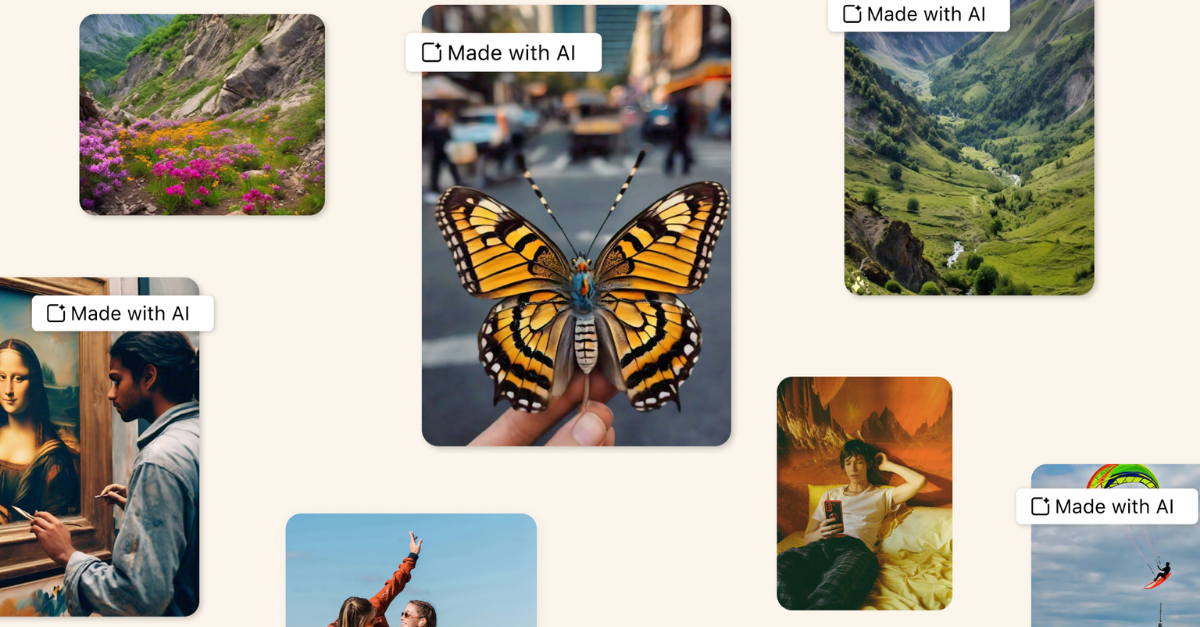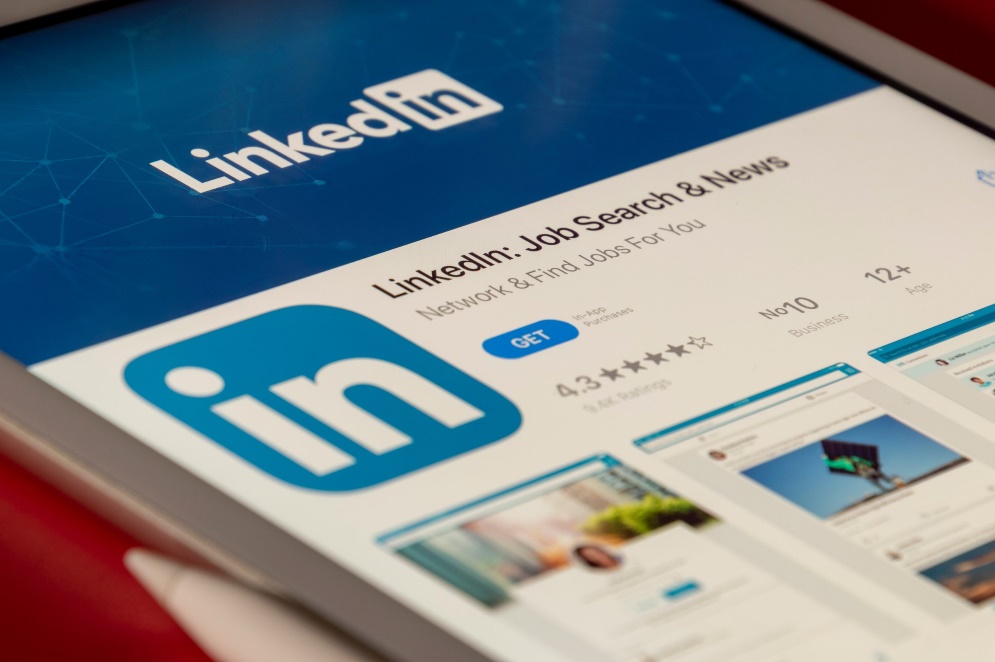Salonee Gadgil
Director, Head of Digital
Read more


With AI chat platforms and AI art generators such as HotPot at our fingertips, the vocabulary of Artificial Intelligence is fast-making its way into our collective lexicon. It feels like an important moment in time, similar to when Snapchat AR filters first appeared on our smartphones revolutionising the way we capture and share moments by integrating digital animations, 3D objects, and special effects into our real-world photos and videos. That happened 7 years ago in case you were wondering.
It took just a few months for digital filters to become mundane, making their way off Snapchat and everywhere else. But what we didn’t know at the time, was that dog ears were the playful gateway drug of filters, that led us down a sinister, addictive path. The tech evolved from cartoonish filters that were easy to identify, to the more insidious beauty filters designed to be disguised. What followed were face-tuning, contouring, and lip filling AR filters, which are both a cause and effect of image-first social media channels. It’s hard to decide which came first, the filler or the Kardashian?
Either, augmentation influenced reality, i.e., repeated exposure to filters influenced people into doing their make-up a certain way, leading to younger and younger people undertaking plastic surgery to change the way they look – there’s even a word for this phenomenon; ‘Snapchat Dysmorphia’. Or, reality influenced augmentation, i.e., influencers doing their make-up a certain way and getting cosmetic treatments normalised a way of looking and being, which was then mimicked by the AR filters.
This cycle where cause and effect sort of chase each other around in an ever-dangerous whirlpool continues to this day. We’re aware of the dangers of course, and some of us are trying to row against the current, putting rules and regulations in place to preserve the fun, and reduce the fillers.
With time, we’re likely to see the same happen with AI. AI is a complex thing to understand, but in a nutshell, AIs are machines or software which learn how to mimic or “think” like human beings. They are doing this by combining large data sets and interpreting or organising this data. Most of the easily accessible AI tools get this data from the internet.
For now, AIs are operating with limited data sets, for instance, some tools have access to Google Images but not Instagram. But, we’re moving towards a world where more of our digital realities are connected. Which means the AIs of the future will learn about us from interpreting the things we post, share, publish, Tweet, Google, gram and more.
In the early days of the internet, search engines began organising information for us; people and brands are now only as “valuable” as how high they ranked in Google search results. So began the publishing of websites, blogs, and Wikipedia entries. With Web 2.0 and social media, if you didn’t post it, it didn’t happen. So, we began populating feeds with real-time updates about what we were eating, with who and where. What we didn’t know at the time, is that AIs would come along, and have all this data to feed on.
For brands and businesses playing the attention-grabbing game, perhaps going forward influence won’t be measured in how many people follow you on social media, or how high up you feature in Google. Instead, we’ll be typing, speaking, or thinking (yes, it will happen) questions into AIs, so they can teach us about the world. Remember how our parents grumbled about us moving from physical encyclopedias and libraries to Google? Soon we’ll be grumbling about our children refusing to Google things, but instead just taking the lazy route and asking AIs for the answer.

Lorem ipsum dolor sit amet, consectetur adipiscing elit, sed do eiusmod tempor incididunt ut labore et dolore magna aliqua. Ut enim ad minim veniam
Name Role
It’s only a matter of time before brands come to comms agencies asking not to appear on TV or the FT but asking to reach the AIs. Because really, in the long run AIs might control social, cultural, and political discourse. In the not-so-distant future, you may not matter, unless the AIs know who you are.
I, for one, can’t wait.
By Salonee Gadgil, Digital Associate Director

Discover the challenges Meta faces in accurately labelling AI-generated content. Learn about the rise of public scepticism, the role...
Read more
Artificial Intelligence (AI) has emerged as a prominent topic of discussion in various spheres, including board rooms, government departments,...
Read more
Three very important things happened to the internet in the year 2003, exactly 20 years ago. Skype was launched,...
Read more
It’s a tough time to be a journalist in the traditional media. According to the Reuters Digital News Report,...
Read more